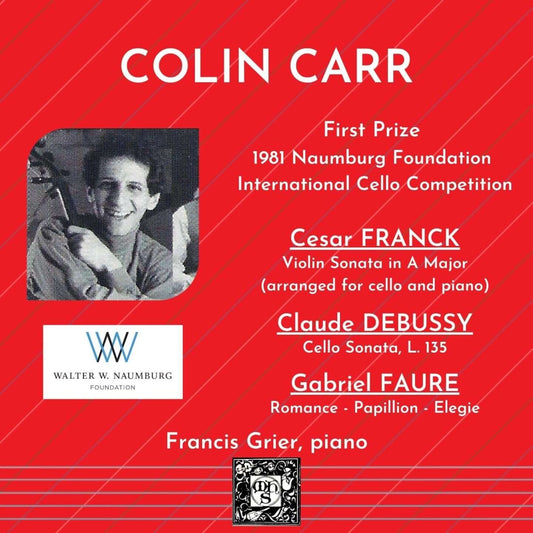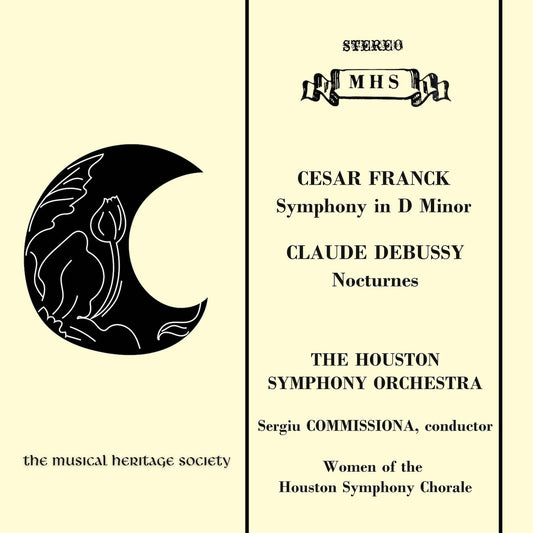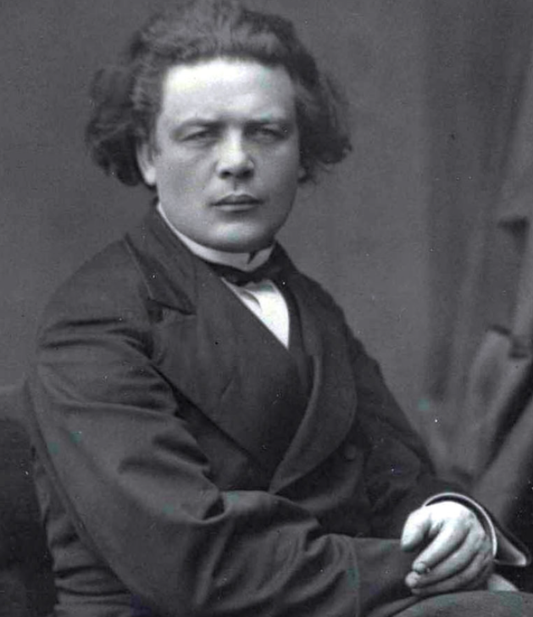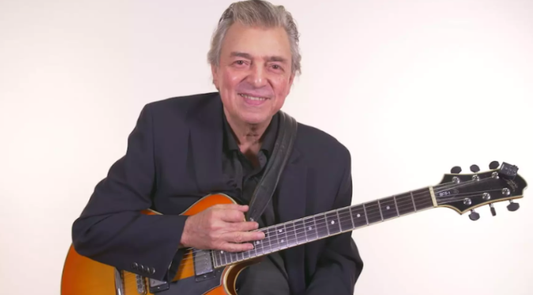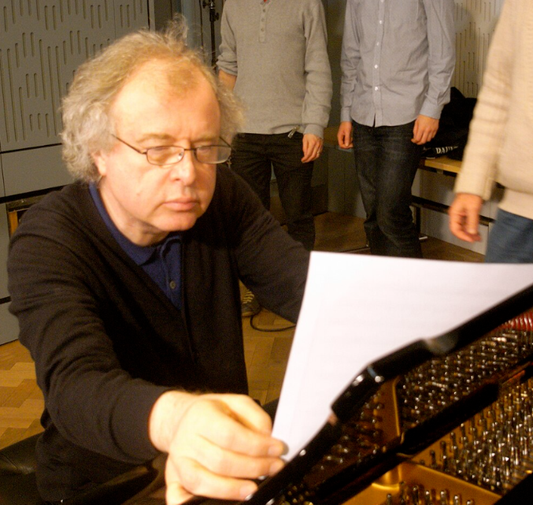Collection: CESAR FRANCK (1822-1890)
César Franck (1822-1890) stands as a unique and pivotal figure in 19th-century French music, a Belgian-born composer, organist, and teacher whose deeply spiritual and harmonically rich works paved the way for a new generation of French symphonists. Though his most significant compositions emerged late in life, Franck's unwavering dedication to his art and his influential teaching post at the Paris Conservatoire left an indelible mark, earning him the affectionate moniker "Pater Seraphicus" (Seraphic Father) from his devoted students.
Born in Liège, Belgium, César-Auguste Franck displayed prodigious musical talent from a young age. His ambitious father, recognizing his son's gifts, pushed him relentlessly, envisioning a career as a virtuoso pianist. The family moved to Paris in 1835, and Franck entered the Paris Conservatoire, where he excelled, winning prizes in piano, organ, and counterpoint. Despite early successes, his father's attempts to launch him as a touring prodigy largely failed, leading to a period of relative obscurity for Franck as a composer.
Franck found solace and stability in the world of the organ. In 1858, he was appointed organist at the newly built Basilica of Sainte-Clotilde in Paris, a post he held until his death. The magnificent Cavaillé-Coll organ at Sainte-Clotilde became his muse and laboratory, where he developed his renowned improvisational skills and honed the distinctive harmonic language that would characterize his mature compositions – a language rich in chromaticism, unexpected modulations, and a seamless blend of contrapuntal rigor with Romantic expressiveness.
It was not until 1872, when he was appointed professor of organ at the Paris Conservatoire, that Franck's influence truly began to flourish. Though officially an organ instructor, his classes became a haven for aspiring composers eager to learn from his profound musicianship and mastery of form. His students, including Vincent d'Indy, Ernest Chausson, Henri Duparc, and Guillaume Lekeu, formed a devoted circle known as "La bande à Franck" (Franck's Gang). They championed his music and absorbed his aesthetic, which emphasized serious, structurally sound instrumental music, a stark contrast to the then-dominant operatic scene in Paris.
Franck's compositional output, while not vast, contains masterpieces that remain central to the repertoire. His most celebrated works largely date from the last fifteen years of his life. The Piano Quintet in F minor (1879) is a work of intense passion and drama. The Symphonic Variations for piano and orchestra (1885) masterfully weaves a simple theme through a series of increasingly complex and beautiful transformations. Perhaps his most famous orchestral work, the Symphony in D minor (1888), is a cornerstone of the late Romantic symphonic tradition, notable for its cyclical structure – a technique Franck pioneered, where themes from earlier movements reappear and are transformed in later ones, creating a powerful sense of unity. His Violin Sonata in A major (1886), a wedding gift for the violinist Eugène Ysaÿe, is beloved for its soaring lyricism and ingenious canonic writing. Franck also composed significant organ works, including the Trois Chorals, completed just before his death, which are considered pinnacles of the organ repertoire.
Franck was a deeply religious man, and a profound sense of spirituality and mysticism permeates his music, even in his secular works. His style is often described as a synthesis of Germanic structural depth (drawing on Bach and Beethoven) with French clarity and elegance. He was a master of thematic transformation and cyclical form, techniques that lend his compositions a remarkable cohesion and emotional arc.
In 1890, Franck was involved in a street accident, struck by a horse-drawn omnibus. Though initially seeming to recover, complications arose, and he died a few months later. While recognition during his lifetime was often slow in coming, overshadowed by more flamboyant contemporaries, César Franck's legacy is secure. He revitalized French instrumental music, mentored a new generation of significant composers, and left behind a body of work cherished for its emotional depth, structural integrity, and uniquely luminous spirituality.


